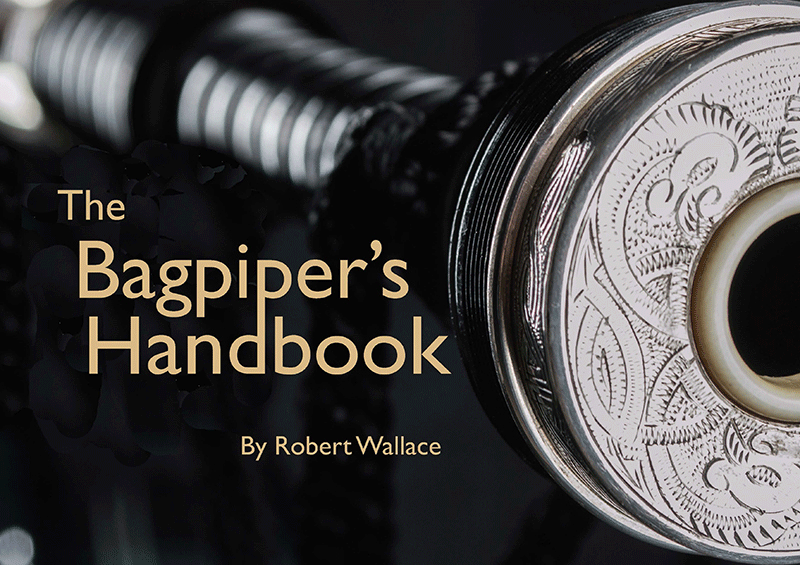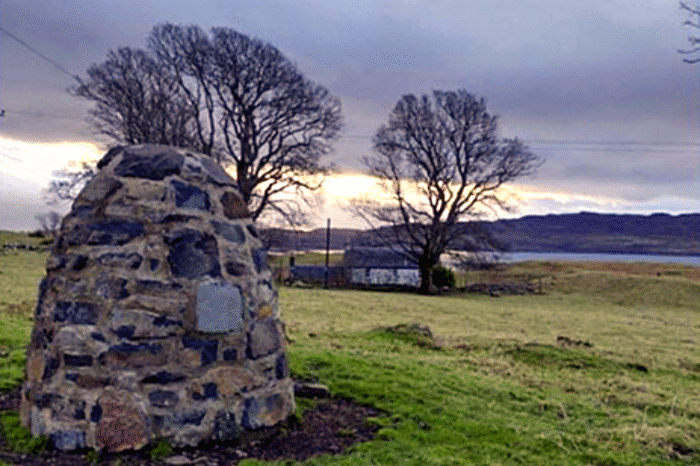
Kilbrennan on the island of Mull is the place where the Rankin pipers lived and taught the pipes from around 1700 to 1800. They had their own College of Piping where someone could live and learn, staying until they mastered the art.
The Clan Maclean Heritage Trust erected the cairn pictured above in memory of these Rankin pipers. The Rankins are affiliated to the Clan Maclean and were, in their day, pipers to the Clan Chief.
The building of the cairn was made possible by the kind permission of the local landowner, Richard Compton-Maclean of Torloisk. Torloisk Estate has belonged to his family since 1300, and Richard is a direct descendant of the Maclean’s of Torloisk.
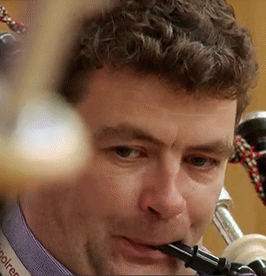
By Calum MacLean, Tobermory
The unveiling was part of the Clan Maclean Gathering 2023 when clan members from all over the world flocked to Mull, with a crowd of around 100 people in attendance at the ceremony.
The march to the cairn was led by the flag bearers and chieftains of the Clan. Sir Lachlan Maclean of Duart welcomed clan members from near and far before he unveiled the cairn.
The Rev Allan Maclean gave a brief history of the Rankins and their role with in the Clan. Young pupils from Ulva Ferry Primary School sang ‘An t-Eilean Muileach’ and then the chief’s piper, myself, played a piobaireachd on Cnoc nam Piobairean (Hill of the Piper) in front of the cairn.
Afterwards everyone was invited back to Torloisk House where they could look through the house and see some of the family artefacts on display. The day concluded with afternoon tea.
It’s said it takes seven years to make a piper. Most people who came to the Rankin’s for tuition would already play the pipes and would be learning piobaireachd.
The Rankins were known for this music and were said to be one of the best in the art form, ‘second only to the MacCrimmon’s of Skye’, according to Angus MacKay’s 1838 book of piobaireachd.
The Rankins didn’t only pipe at Kilbrennan; they also kept alive the folklore of the island. Their college was a repository for this ancient history of the land, its people and their music. It was an 18th century culture centre which ensured some of this folklore and music survives to this day.
The site itself has a long history with lots of ruins and other monuments from past centuries. To the rear of the house you can see the outline of a burial ground with a few stones, possibly grave markings.
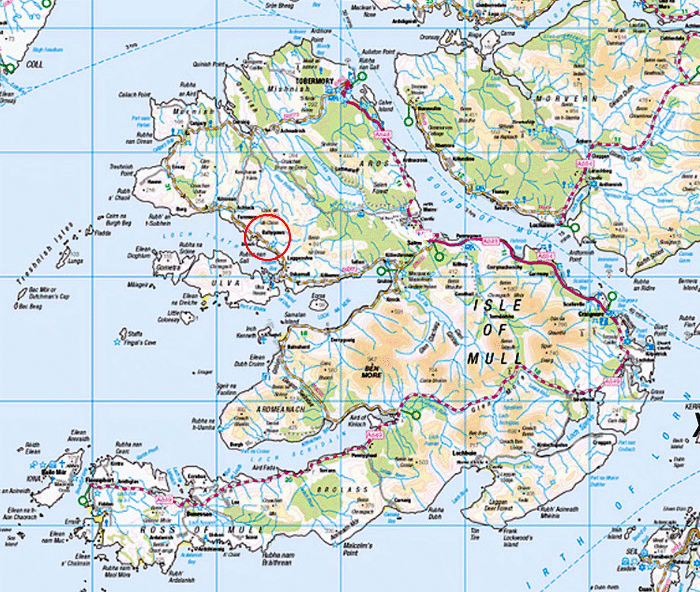
Kilbrennan means the ‘cell of St Brendan’. He was a celtic saint who, it is speculated, set up a home for monks here in the 5-6th century.
There are a number of Celtic saints around the Island who are remembered in place names. They brought Christianity with them from Ireland, the most famous being St Columba.
An old fort stands on the hill behind Kilbrennan possibly from the iron age, and there is a broch on the shore further along called Dun nan Gall (fort of the stranger) referring to the Vikings who may have inhabited it.
On the top side, above Eas Fors there are ruins, and also on the shore side towards Bailegown. These are more recent and would have been lived in at the time of the Rankins and maybe before and after.
Torloisk House is full of history and artefacts from the MacLeans of Torloisk, music and folk tales which were recorded. These Macleans are a senior branch of Clan Maclean. Torloisk House’s current owners are direct ancestors and have lived here since the 1500s when the first Maclean of Torloisk (Allan nan Sop) – a pirate who had a fleet of seven ships – chopped his wicked stepfather’s head in two.
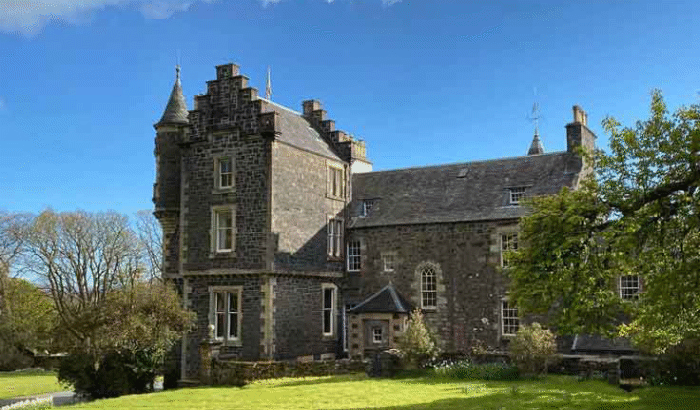
The original Georgian part of the current house was built in the 1770s by Lachlan Maclean, funded by proceeds from the 18th century kelp industry which saw seaweed gathered, dried and burnt to produce an alkaline product used in various industries.
General Allan Maclean of Torloisk (1725-1798) was a Jacobite who fought at Culloden before spending four years in exile. He is best known for forming the 84th Regiment of Foot – known as the Royal Highland Emigrants – a regiment created to serve in the colonies and which he led at the Battle of Quebec in 1759. Canadians argue that it was his defence at the later Siege of Quebec during the American War of Independence that led to Canada remaining a separate country from the USA. The pipe banner from this regiment is in Keith Sanger’s research on the Rankins.
‘It is well known that the accomplished ladies of Torloisk are admirably skilled in handling the harp.’ So wrote Alexander Campbell, the dedicated song collector who toured the Scottish Highlands and Islands in the late summer and early autumn of 1815.
Torloisk’s music room was, in the 19th century, home of a grand Sébastien Érard harp built in London around 1820. Books of music written by the ladies can still be found at Torloisk House and the harp itself is currently undergoing restoration.
- Read more about the Rankins here.
